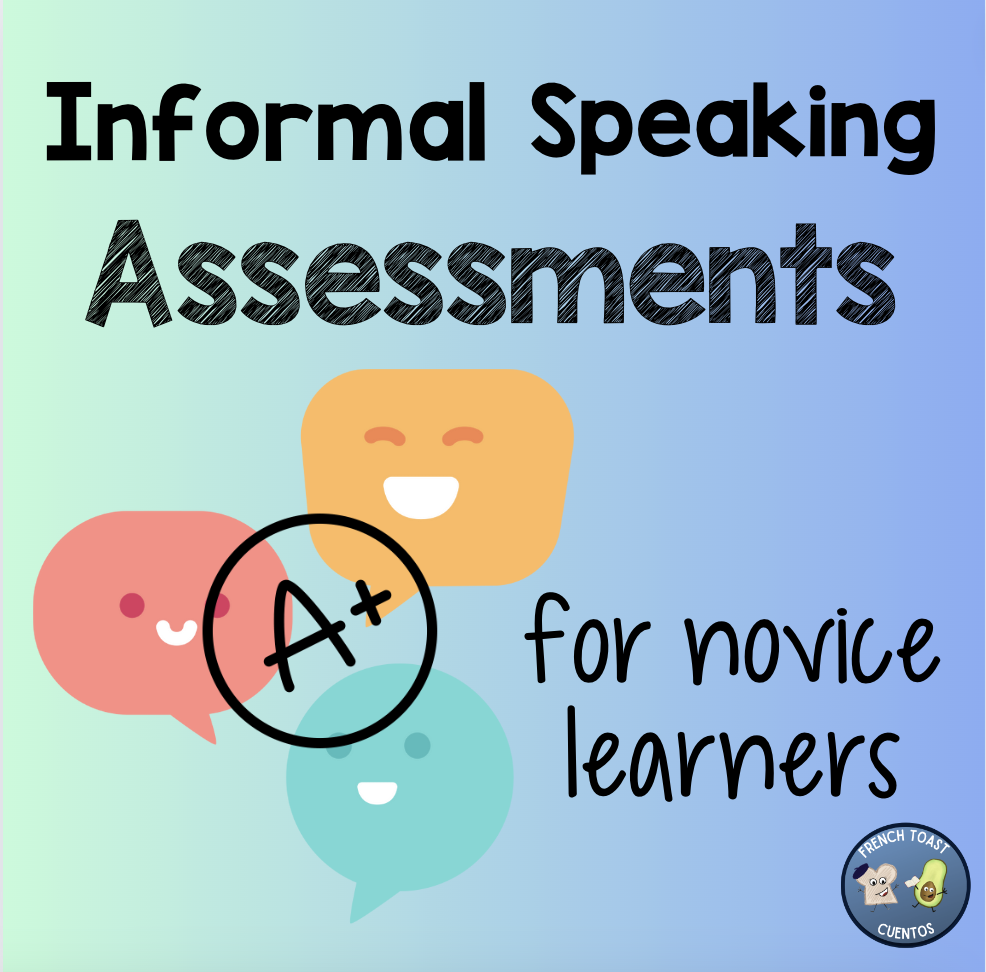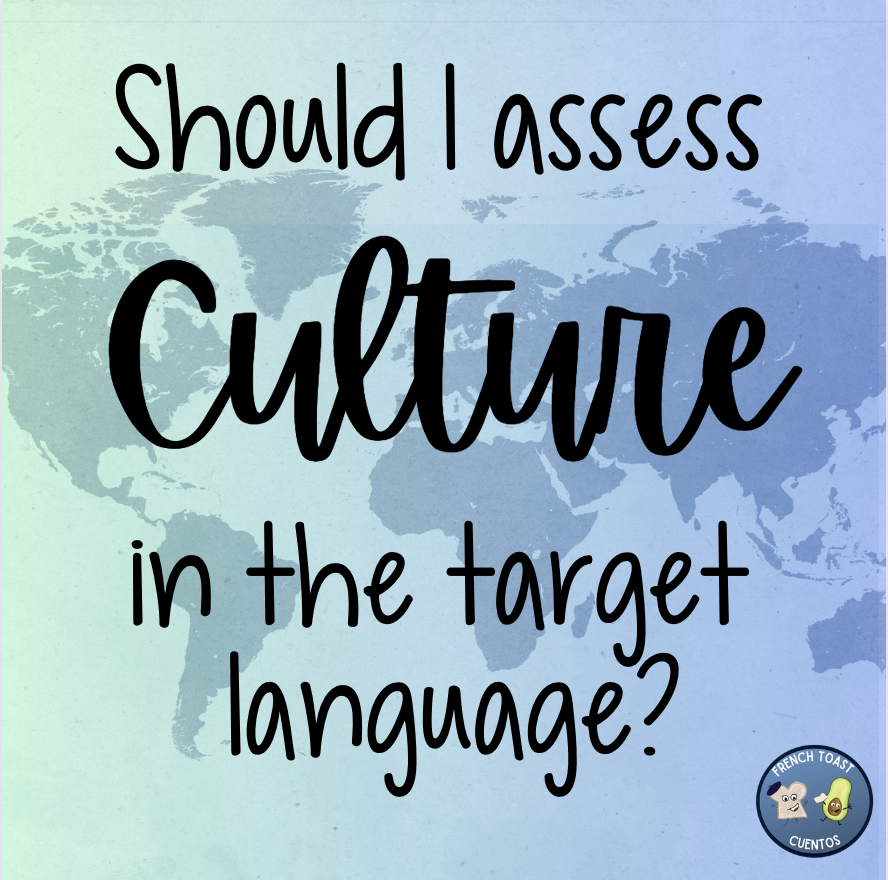Categories
- Games 1
- ⭐️Assessment 5
- ⭐️Back to School 12
- ⭐️CI Strategies 7
- ⭐️Classroom management 4
- ⭐️Community building 2
- ⭐️Comprehensible input 4
- ⭐️Culture 12
- ⭐️Encouragement 2
- ⭐️Fall 6
- ⭐️Games 8
- ⭐️Geography 1
- ⭐️Grammar 3
- ⭐️Holidays 7
- ⭐️How-to videos 5
- ⭐️Lesson planning 2
- ⭐️Listening 1
- ⭐️Movie talks 2
- ⭐️Organization 3
- ⭐️Reading 9
- ⭐️Required textbooks 1
- ⭐️Speaking 5
- ⭐️Sub Plans 6
- ⭐️Technology 2
- ⭐️Winter 3
Informal Speaking Assessments for Novice Learners
Should We Grade Speaking at the Novice Level?
I used to avoid novice speaking assessments to keep anxiety low—but I started to wonder if I was missing a chance to build confidence. By making speaking low-stakes and playful for most of the year, then gradually adding informal assessments, students wanted to communicate. The result? More joy, more risk-taking, and real growth.
Should I Assess Culture in the Target Language?
Not always—and that’s okay. While we aim to maximize TL use, deep cultural reflection often requires the clarity of a student’s first language. I use a hybrid approach: Spanish for products and practices, English for perspectives. The result? More meaningful connections, better empathy, and stronger intercultural skills.
Quick Links to Blog Topics:
- Games
- ⭐️Assessment
- ⭐️Back to School
- ⭐️CI Strategies
- ⭐️Classroom management
- ⭐️Community building
- ⭐️Comprehensible input
- ⭐️Culture
- ⭐️Encouragement
- ⭐️Fall
- ⭐️Games
- ⭐️Geography
- ⭐️Grammar
- ⭐️Holidays
- ⭐️How-to videos
- ⭐️Lesson planning
- ⭐️Listening
- ⭐️Movie talks
- ⭐️Organization
- ⭐️Reading
- ⭐️Required textbooks
- ⭐️Speaking
- ⭐️Sub Plans
- ⭐️Technology
- ⭐️Winter



